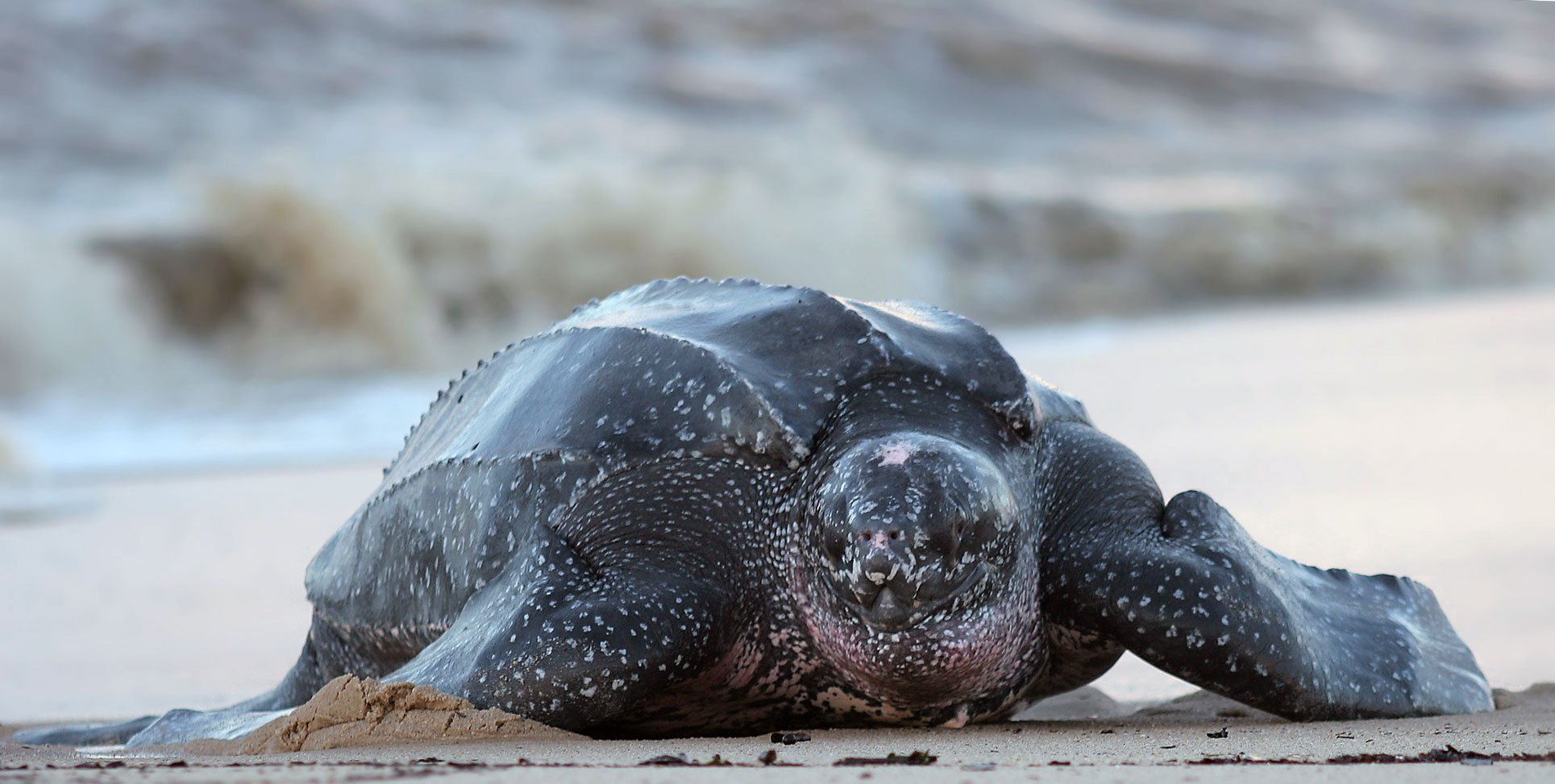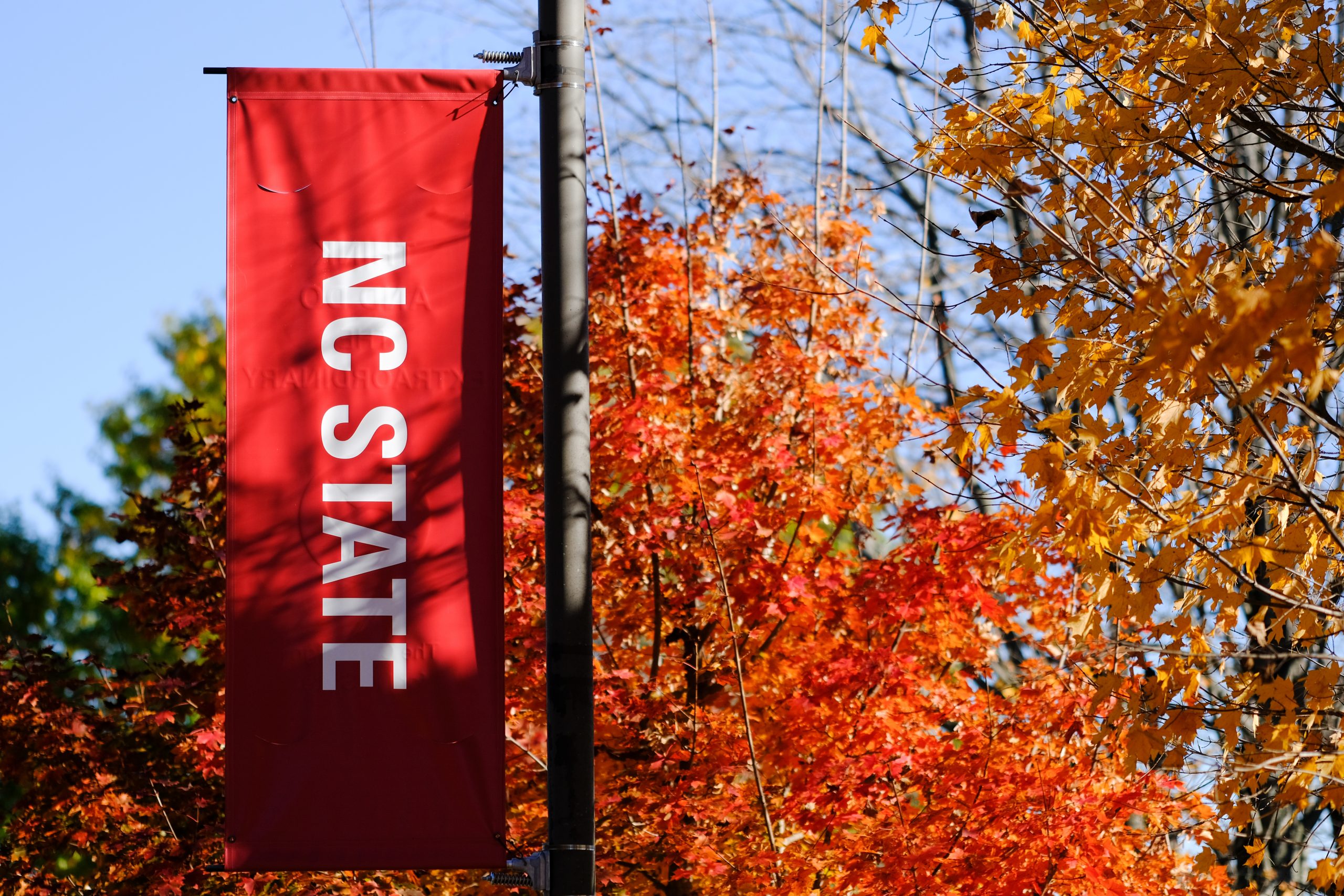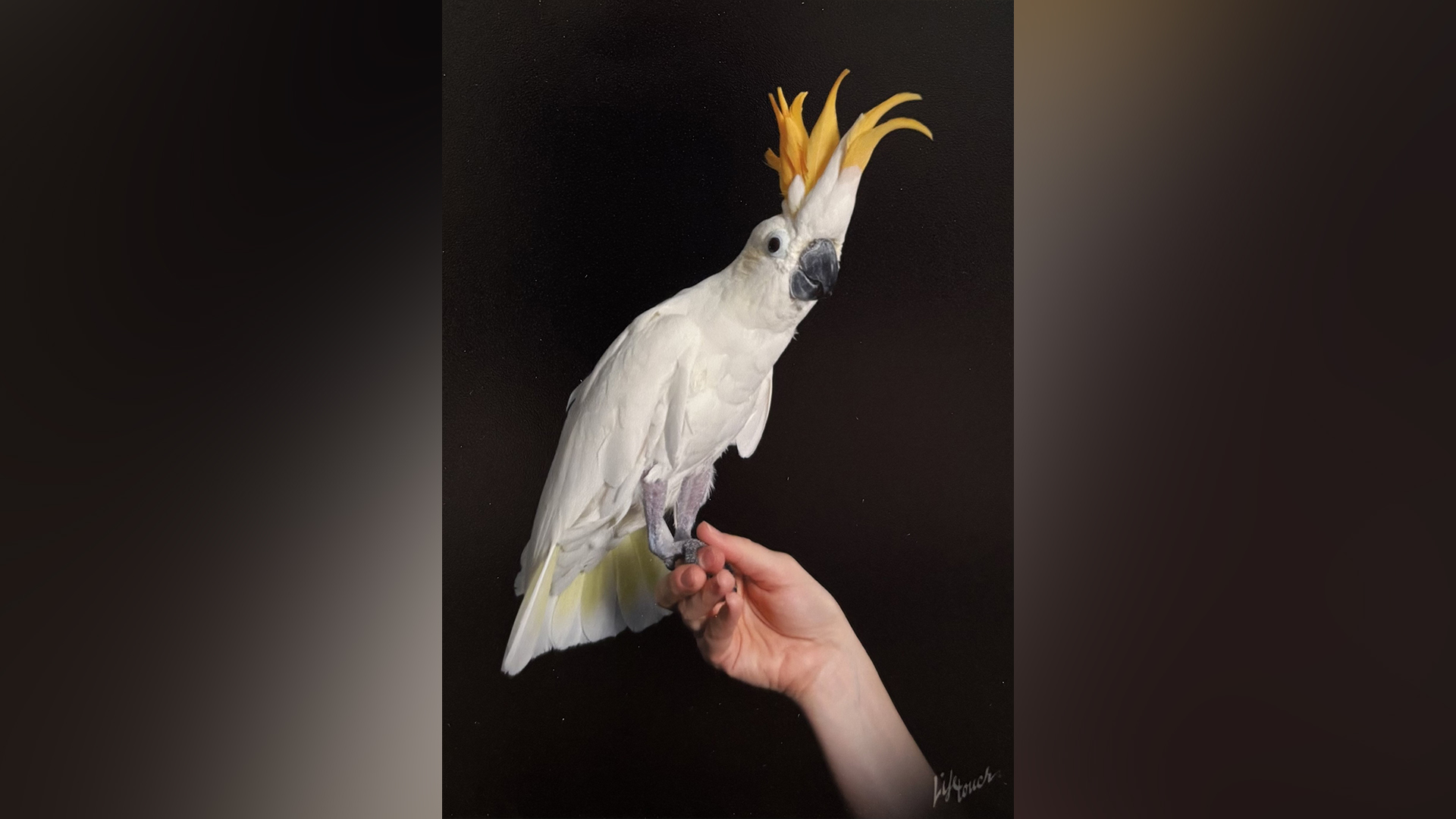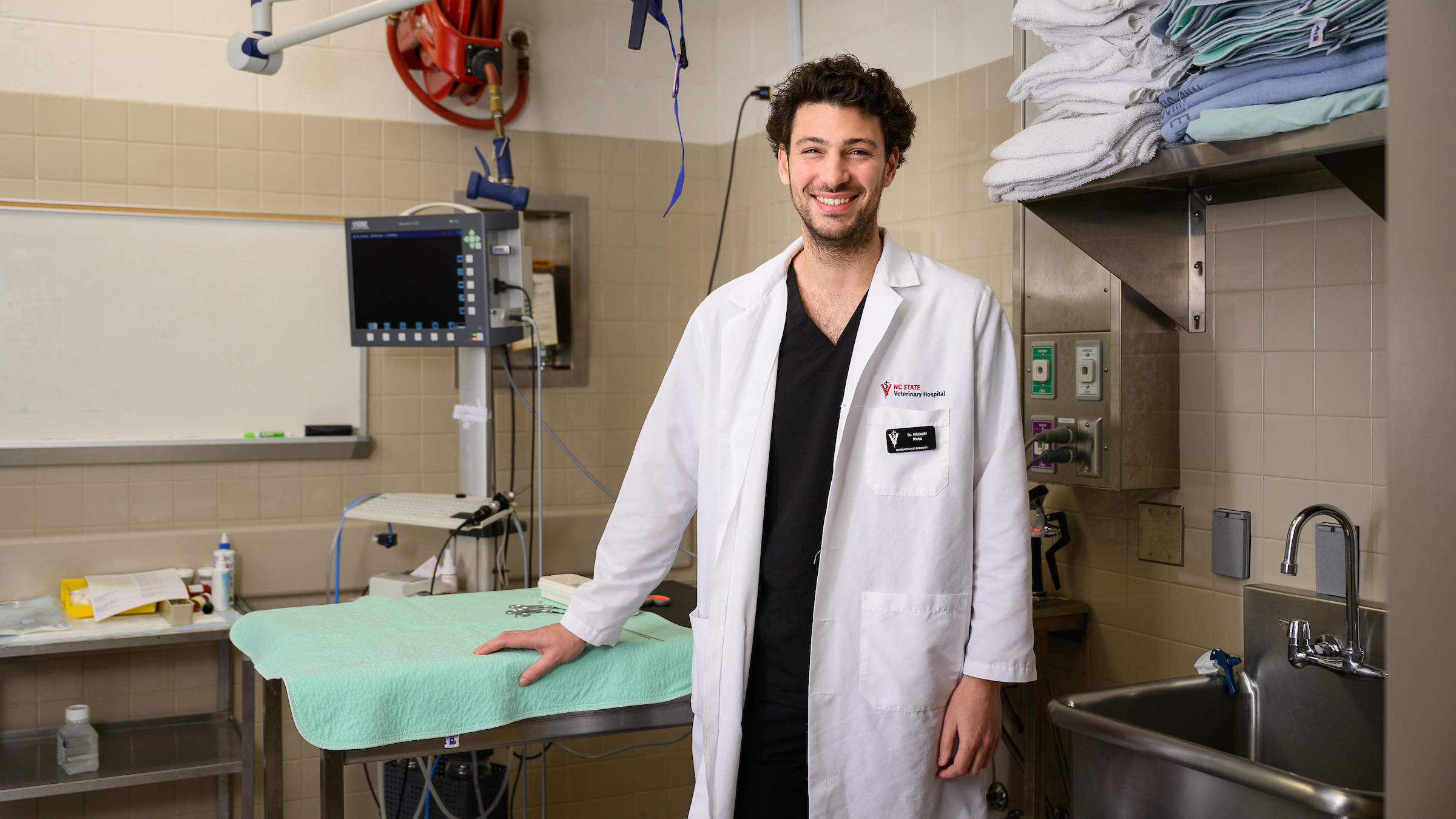New Study Checks Back in With Rehabbed, Released Sea Turtles


Craig Harms has helped tag massive leatherback turtles in open waters to track their health. He has identified new aquatic animal pathogens, studied the hearing of juvenile green turtles and helped refined anesthesia protocols for a slew of marine species.
He has walked down North Carolina beaches numerous times to return rehabilitated sea turtles back to the water where they belong.
“Sea turtles can be remarkably resilient patients,” said Harms. “We have had some cases of skull fractures where the surface of the brain was exposed to seawater for some period of time before rescue, and they recovered with apparently normal behavior.”
But their resiliency poses something of a challenge to researchers. As more and more sea turtles have been rescued, rehabbed and released over the past decade, scientists are attempting to assess the efforts. That’s tough to figure out when the ultimate goal is to never see these turtles ever again.
Harms’ latest collaborative research aims to fill in some of the blanks. The NC State College of Veterinary Medicine professor of aquatics, wildlife and zoo medicine is a co-author of a comprehensive survey of United States sea turtle rescue, rehabilitation, relocation and release programs, or RRRRs.
Published in Chelonian Conservation and Biology, an international turtle research journal, the study outlines the growth of sea turtle RRRR efforts in the country, notes the number of releases (11,417) and reencounters (320) and opens a dialogue on advancing the science of tracking the animals.
It’s a vital task: Six out of the world’s seven sea turtle species are either officially critically endangered, endangered or vulnerable.
We talked with Harms, who also directs NC State’s marine health program at the Center for Marine Sciences and Technology (CMAST), about what was his innovative research tells us, the effectiveness of such work in North Carolina, which releases the third-highest number of rehabbed sea turtles in the U.S., and more.
The public often hears about various turtle rescue and rehabilitation efforts, but rarely knows what happens after release. The same often goes for those doing the actual rescuing and rehabbing. What was the primary motivation behind this study?
Those engaged in sea turtle rescue and rehabilitation are well aware of the amount of effort that goes into each successful release, and each sea turtle rehabilitation organization has its own stories of their released turtles being encountered at some later date. But it remains an open question as to what broader impacts multiple organizations working in parallel might be having on sea turtle populations, apart from important intangibles such as public education or providing training opportunities for veterinary students.
This study was designed as an initial approach to that question by combining data from multiple facilities to assess the magnitude of rehabilitated sea turtle releases and reencounters.
What can we glean about the overall effectiveness of the sea turtle rescue and rehab programs cited in the study?
The sheer number of successful releases by multiple organizations is impressive. The population level impact is difficult to determine from this initial step, because even though most rehabilitated sea turtles are tagged by some means before release so they can be identified if re-encountered, most in RRRR facilities are juveniles, and they may take over 30 years to mature and reproduce. It can be a matter of decades before a complete success with reproduction could be documented.
Only females will normally return to land, and then only to nest, so males are less likely to be reencountered. Relatively few nesting beaches are monitored to the extent that many females are detected in the act of nesting. Satellite tagging has generally indicated normal behavior and dispersion after release, but the duration of satellite tags is severely limited by factors such as battery life and device durability.
Still, the reencounter rate of 2.7% is higher than the estimated survival rate of hatchlings, as would be expected given that these are turtles that survived the most vulnerable smaller life stages traveling down the beach, out to the Gulf Stream and around the North Atlantic Gyre.
And even though many of these reencounters were restrandings, they generally documented extended periods of post-release survival and growth, indicating that they were functioning well as wild turtles in the interim. The 0.1% of turtles to date that were re-encountered as nesting adult females is a very encouraging statistic. And from an individual turtle perspective, the second chance to be a normal wild turtle is a source of considerable satisfaction to those engaged in RRRR efforts.
Which RRRR approaches seem to be working the best and where do you see room for improvement?
The most effective approaches are basic low-tech, good husbandry and nutrition. Simply removing injured and debilitated turtles from the dangers of further injury and predation, providing good water quality, good nutrition for wound healing and rebuilding body condition, and preventing secondary infections can allow them to heal remarkably well at their slow but steady turtle pace of recovery.
Facilities engaged in sea turtle rehabilitation have also made great strides in veterinary care of sea turtles, including techniques for short induction/short recovery anesthesia, wound care, critical care, hook removal and surgical management.
One area for improvement is in developing early highly reliable indicators of eventual successful or unsuccessful outcomes. For example, in some cases of head and spinal column trauma it can be difficult to determine the long-term neurologic effects. By the time it becomes apparent that an affected sea turtle will not be releasable there has been a substantial investment of labor, materials, money and emotion, the latter of which is most difficult if placement in long-term managed care proves not to be feasible.
Which efforts in North Carolina seem to be having the most positive impact on sea turtle population?
I think that the single most beneficial action taken in North Carolina did not directly involve rescue and rehabilitation. It was an action taken by the Karen Beasley Sea Turtle Rescue and Rehabilitation Center that reduced mortalities and the need for rescue and rehabilitation from gill net fishery interactions by filing a lawsuit.
The legal settlement led to enforcement of fishery observer requirements documenting sea turtle bycatch, adopting a state incidental take permit, reducing net profiles and deployment times, and imposing time/location closures when a threshold of takes is reached, without shutting down the fishery.
A rescue not needed in the first place is better than a successful rehabilitation and release.
What would you like to see happen over the next 10 years to further improve the outcome of sea turtles rehabbed and released?
In an ideal world, it would be to prevent more turtles from requiring rescue. That will require higher-level policy actions than what takes place at the RRRR level. But sea turtle rehabilitation centers can continue to play a vital role in documenting and mitigating impacts, and informing policy decisions based on the nature of human interactions in the marine environment that lead to sea turtle debilitation, illness and injury.
~Jordan Bartel/ NC State Veterinary Medicine


